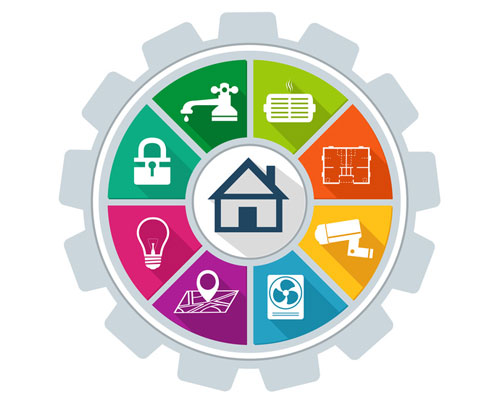
Victoria in Australia has been the first in the race toward 100% smart meter rollout which was undertaken by SP AusNet and four other electricity distribution providers. Moreover, the demand-side management programs along with demand response (DR) are taken charge by Korea Power Exchange (KPX) and KEPCO. Besides, the Songdo IBD smart city project, which is 40 miles from Seoul and 7 miles from the Incheon International Airport, was completed in 2015 by Gale International and Korea’s POSCO E&C. This will include building technologies that will reduce spending on power whilst boost energy savings and efficiency. In South Korea, KEPCO is expected to invest $155 million between 20 on developing smart grid into a business model and export them. Behind this inimitable urgency is the government’s goal toward completing installation of smart meters and to liberalize its electricity retail by 2020.
#SMART UTILITY NETWORK INSTALL#
TEPCO alone is expected to install 27 million smart meters by 2020.


have installed 750,000 smart meters in commercial premises and plan to complete their rollouts by the end of 2016. Besides, the four major electric utilities, namely Tohoku Electric Power Co., TEPCO, Hokuriku Electric Power Co.

So far the number of smart meter installations has exceeded 10 million. In Asia-Pacific, over the recent past countries such as Japan, Australia, and South Korea have shown considerable strides in their efforts to smarten their utility network systems.įor instance, in the case of Japan, its ten major utilities have committed toward widespread smart meter rollouts between 20 that could possibly lead to installations of 78 million smart meters across residential and low-use customers. It is therefore imperative that governments in these countries must work in tandem with their respective utilities and DSOs to ensure not only revamping the T&D system but also to bring in a change through effective regulation and adequate policy support that makes smartening of the power grid system possible.

However, the most pressing issue affecting countries such as the Philippines and Myanmar is that they are reeling under the shackles of decades old power grid systems leading to heavy transmission line losses averaging between 15% and 25% making electricity supply a huge cause for concern in these countries. These activities might be selective in the Asia-Pacific region. The growing importance of smartening a country’s power grid system is exacerbated by the growing ‘prosumer’ model happening through the rise in decentralized power generation systems such as Rooftop Solar PV and Waste-to-Power technologies. From a technology standpoint, ‘smart utility network’ is the culmination of three different but largely interconnected segments, namely smart meter/advanced metering infrastructure (AMI), smart consumer applications, and grid level applications. Power utility in every country must understand that smartening of the power grid system is considered to be an evolutionary process that requires considerable effort from both technology and regulatory standpoints. The concept of ‘smart utility network’ does not end with the design and implementation of a smart grid system in a country.


 0 kommentar(er)
0 kommentar(er)
